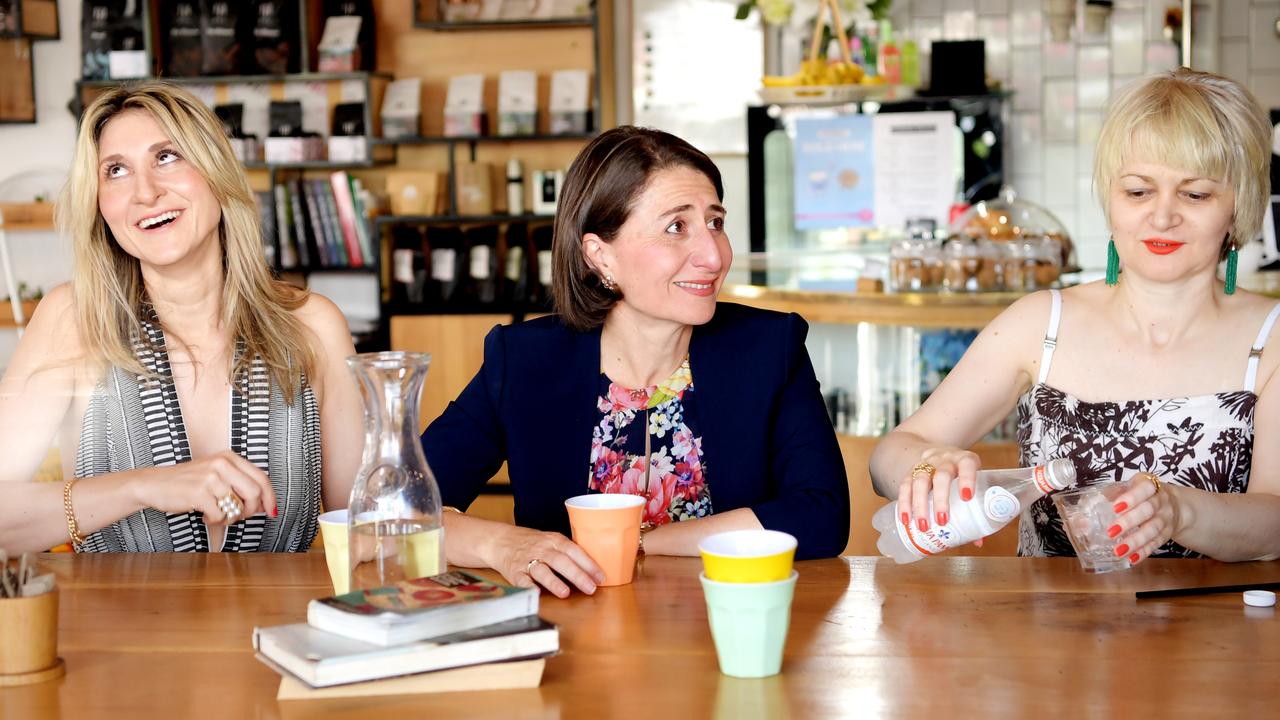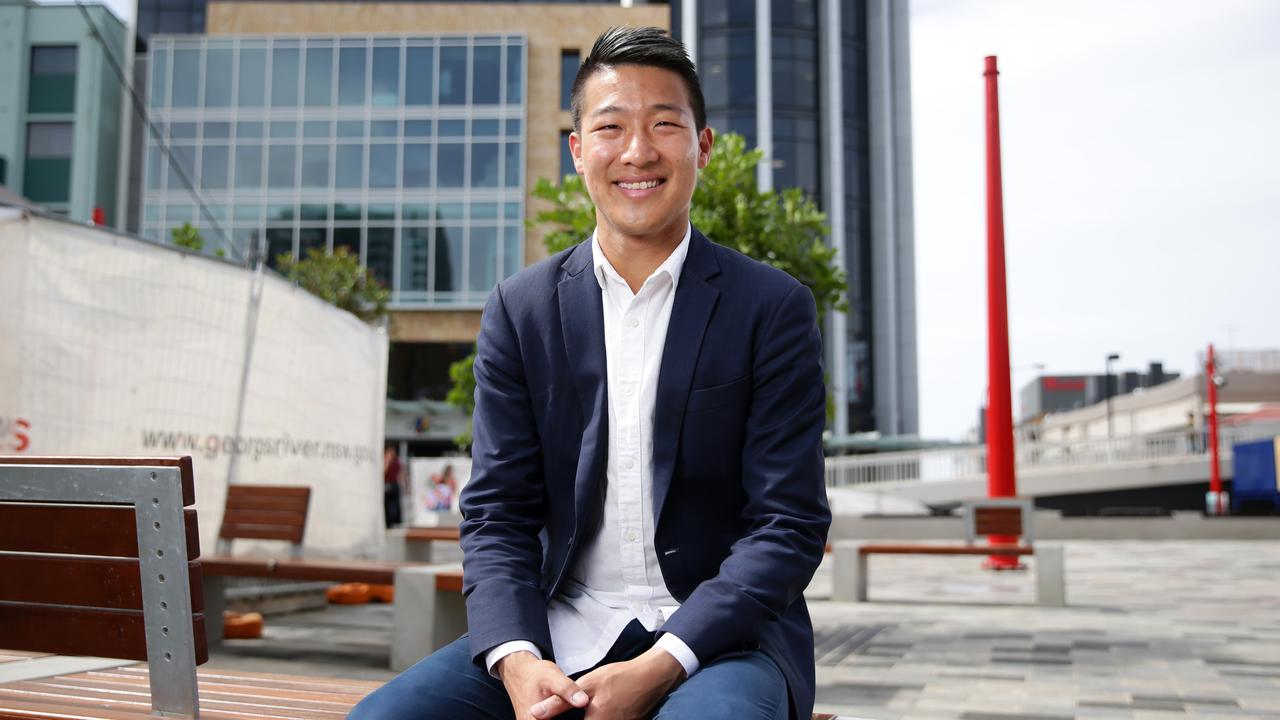Australia’s biggest Ponzi scheme fleeced investors of $209 million from a base in Bondi Junction
THE alleged mastermind behind Australia’s biggest Ponzi scheme is Tony Iervasi, a 52-year-old casino VIP who has travelled in luxury to Las Vegas, Hawaii and the Bahamas, visiting casinos and indulging in designer-label spending sprees.
NSW
Don't miss out on the headlines from NSW. Followed categories will be added to My News.
THE nation’s biggest fake investment scheme has fleeced $209 million from hardworking people, including a priest and a politician, as it operated undetected for years from a Bondi Junction office.
Among the 780 duped creditors are doctors, business owners and war veterans who fell for a scheme so convincing that one syndicate plunged $14.8 million into it alone.
The monstrous swindle was run from the Westfield Tower above the busy Bondi Junction shopping complex.
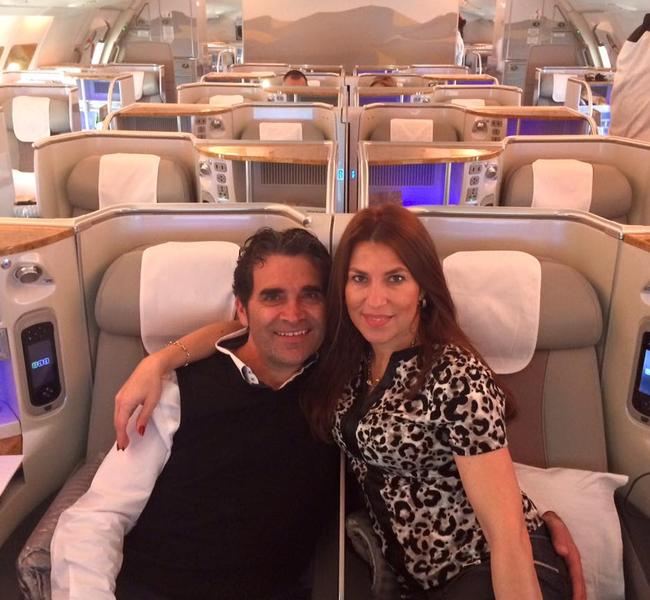
The alleged mastermind behind the giant Ponzi scheme is Tony Iervasi, a 52-year-old casino VIP who two years ago left his family’s $2.3 million suburban home and began a relationship with Nina Girsa, a 42-year-old Latvian-born eastern suburbs beautician and cosmetic consultant. The Daily Telegraph is not suggesting Ms Girsa was aware of the scheme.
In the past two years the pair has travelled in luxury to Las Vegas, Hawaii and the Bahamas, visiting casinos and indulging in designer-label spending sprees.
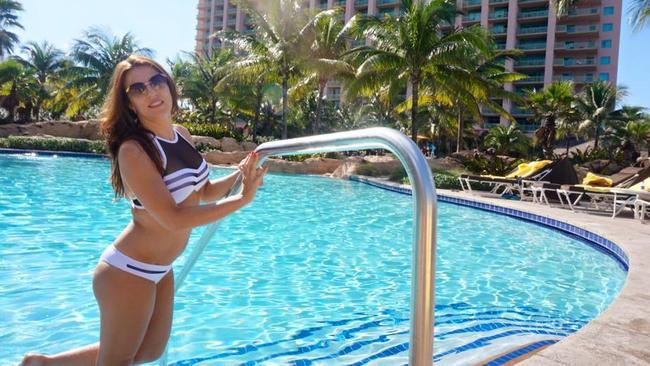
The scheme — operating as Courtenay House and Courtenay House Capital Trading Group — promised “mum and dad” investors bumper returns of up to 25 per cent. They believed their money would be invested in the foreign currency exchange markets.
But it was all a house of cards, according to the liquidator of the two companies, Grant Thornton’s Said Jahani.
“The companies were operating a Ponzi scheme. This is based on interviews with the director, Tony Iervasi, and initial forensic accounting investigations,” Mr Jahani said.
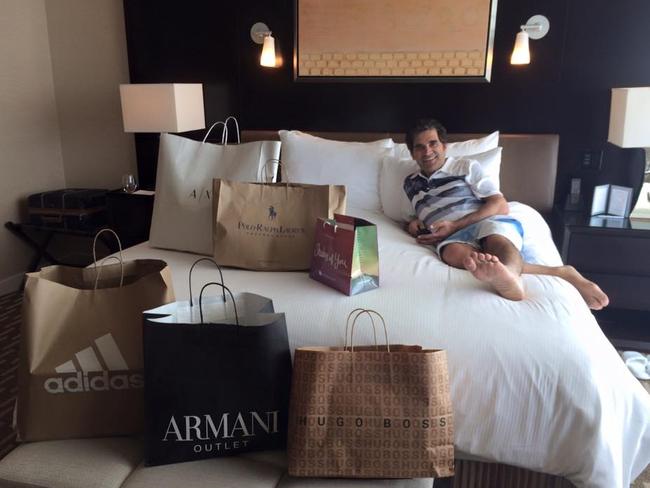
In a hallmark sign of a Ponzi scheme, almost 90 per cent of the $209 million of investors’ money in the Courtenay House companies was used to pay their own monthly interest and capital returns.
A tiny fraction of the money — just 1 per cent, and no more than $50,000 at any time — was invested in foreign currency exchange markets.
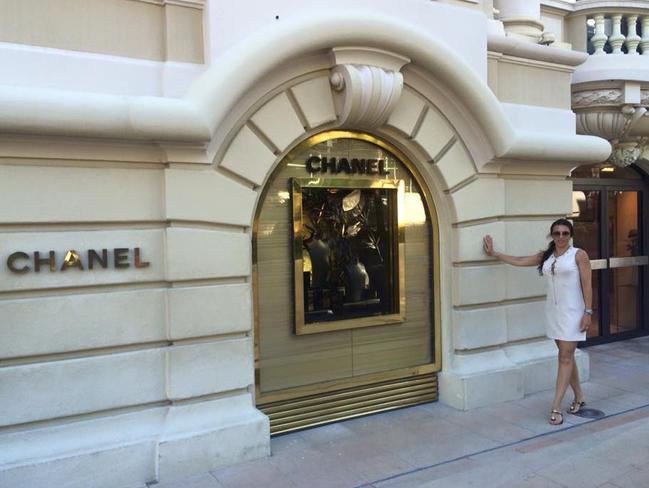
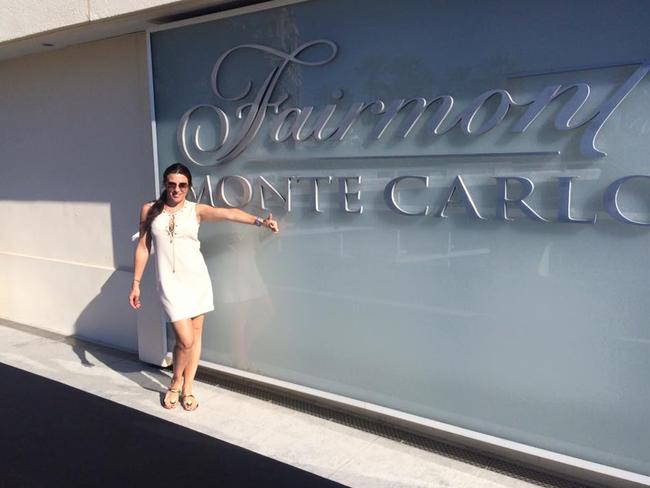
Many investors elected to direct their monthly interest payments back into the fund.
At the Bondi Junction office of the Courtenay House companies there were no books and records, said Mr Jahani.
“I am painstakingly having to recreate what happened. They didn’t want to leave a lovely trail of breadcrumbs for auditors to piece together,” Mr Jahani said.
Among the victims is Sutherland Shire’s Mayor Carmelo Pesce, who lost about $1 million.
The biggest loser from the scheme was a syndicate of investors under the banner Oceanic Sun Group. Oceanic invested $8.8 million with Courtenay House Capital Trading and $6 million with Courtenay House.
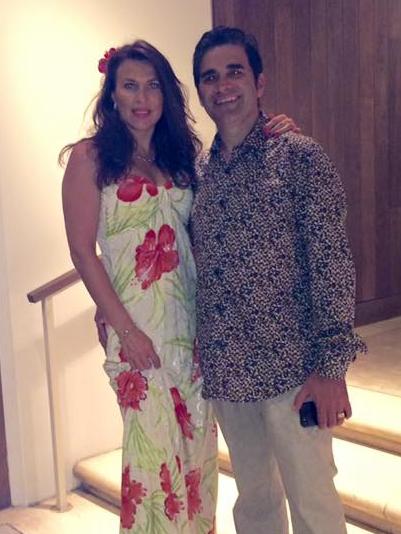

Another victim was a priest from the Sutherland Shire who lost $50,000 in retirement savings from his “St Francis self-managed super fund”.
Among the investors, most of them too embarrassed to be named, is a war widow who invested and lost her husband’s entire pension payout. Others have been forced to sell their houses and lost businesses as a result of their vanished funds.
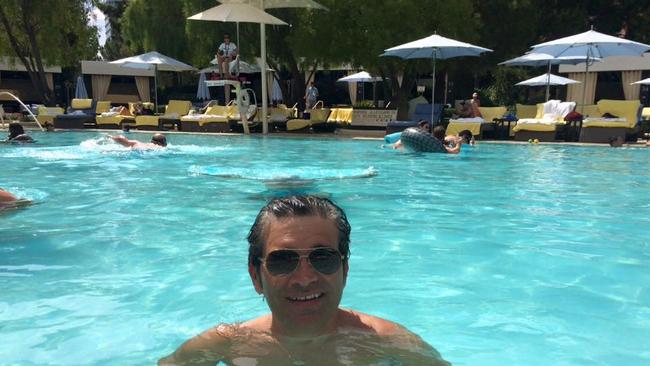
The Australian Securities and Investments Commission began investigating the companies late last year before freezing company assets and bank accounts and triggering liquidation. Mr Jahani has traced $100,000 of company funds to a bank account overseas and has also discovered Iervasi has a property worth less than $100,000 in the United States.
Mr Jahani said a total of $51 million in company bank accounts with Westpac and NAB have been seized but how much will be returned to investors is not yet clear.
ASIC’s investigation is ongoing.
MAYOR’S MILLION AMONG LOST LOOT
SUTHERLAND Shire’s Mayor Carmelo Pesce describes himself as a cautious investor. But the recommendation came from a school friend, who could demonstrate that for years his returns were paid with seamless regularity.
So the Liberal local politician took the plunge into the Courtenay House foreign exchange investment scheme, with $975,000 from the Pesce Family Trust.
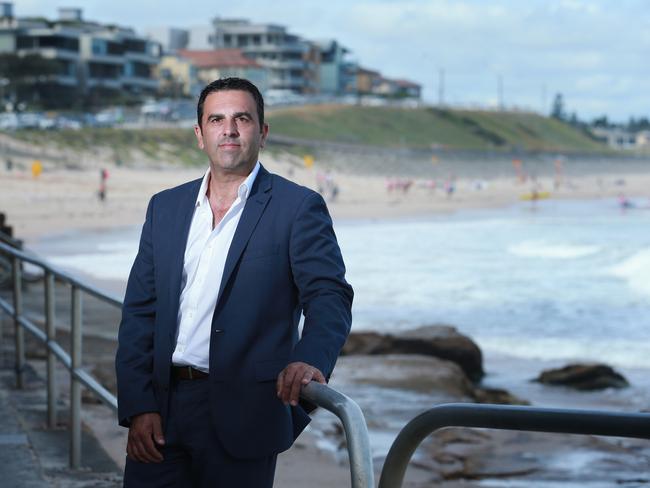
He soon began receiving monthly interest returns of 1.5 per cent, 4 per cent and 7.5 per cent, depending on the various scale of risk associated with each “special” investment. “What returns I got I kept pumping back in,” he said.
But the house of cards came crashing down after the Australian Securities and Investments Commission began investigating the Courtenay House companies. In May liquidator Said Jahani was appointed and soon broke the news to a packed creditors meeting in July that the Courtenay House funds were a massive Ponzi scheme. He revealed there was a constant churn of new investor funds coming into the scheme which was used to pay existing investor’s interest and capital returns.
“I have lost a million dollars,” Mr Pesce said, adding that his brother also lost at least $250,000.

